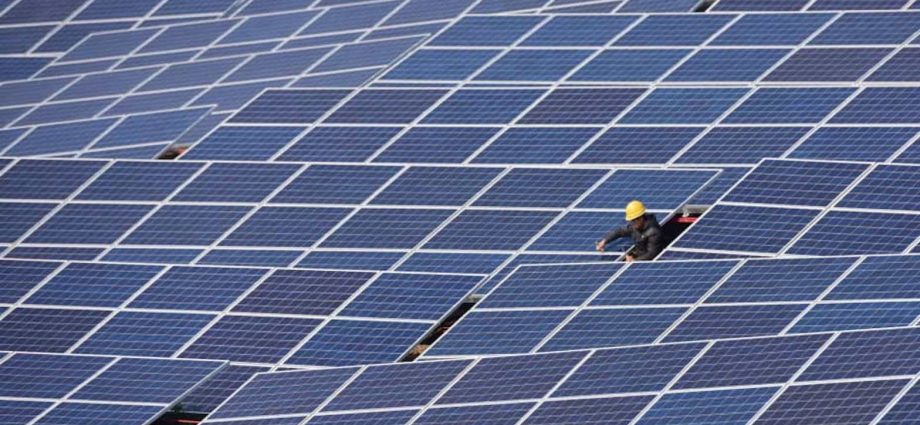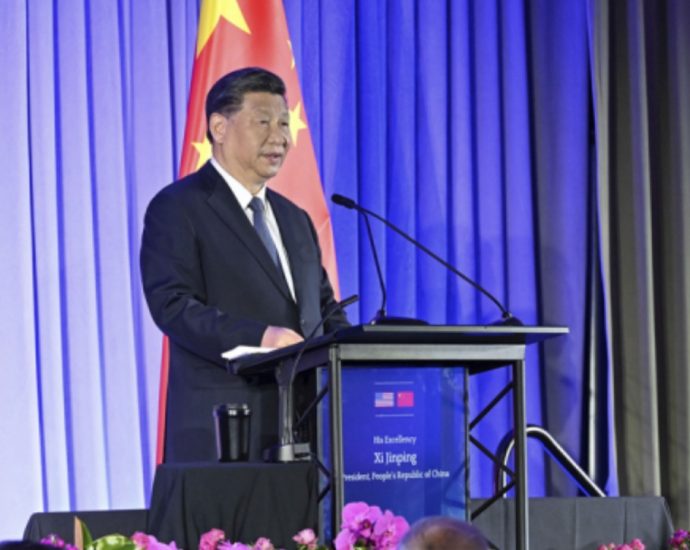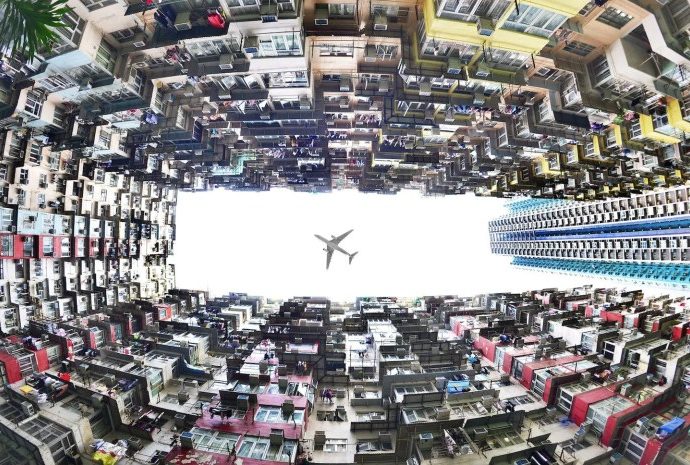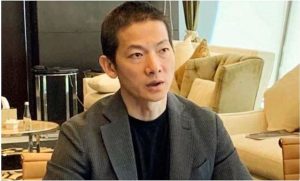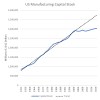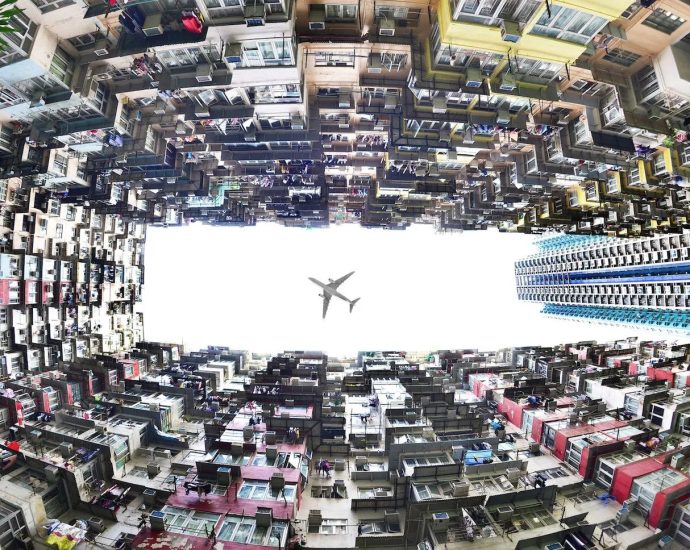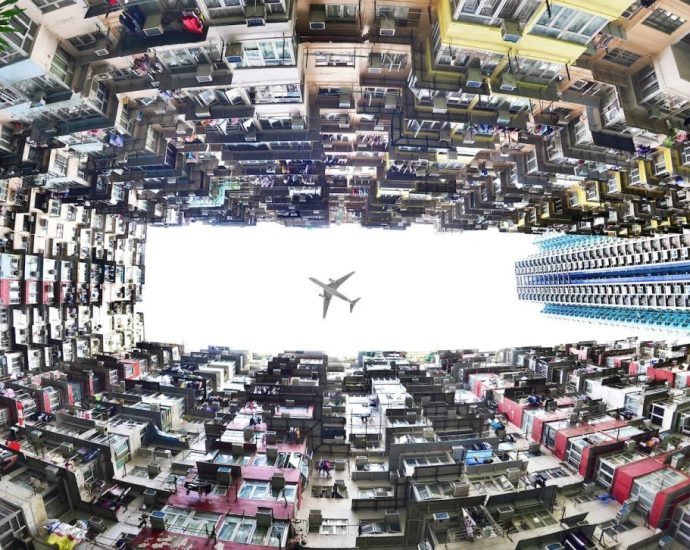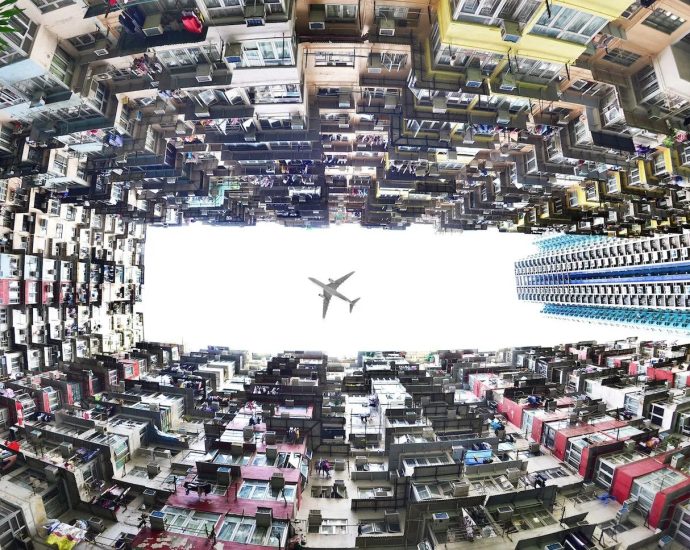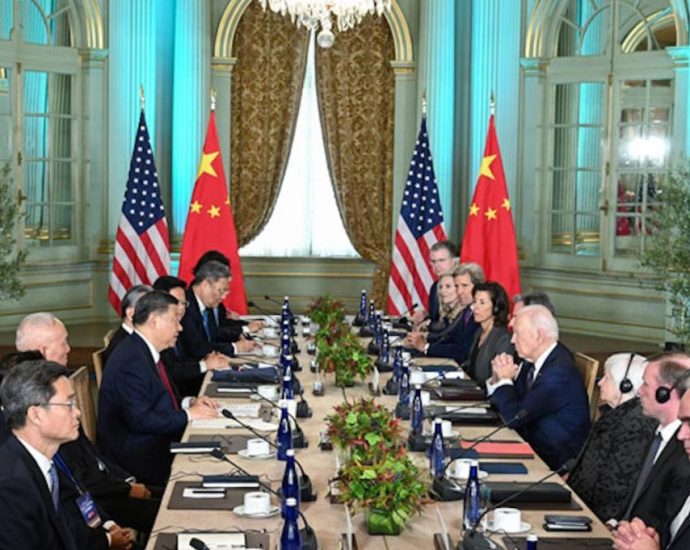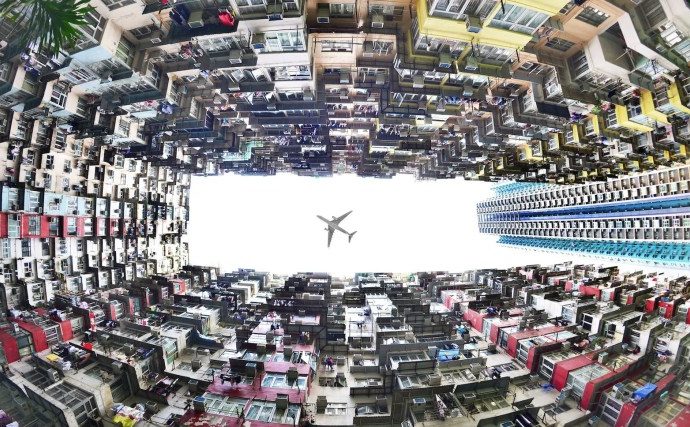China paying substantial climate finance while US lags
Finance is poisoning international cooperation on the climate crisis.
There is no longer any credible debate about the need to act on climate change, but tensions are flaring around the question of who should make the immense investments necessary to phase out fossil fuels and adapt to a more hostile climate.
The rift between richer and poorer countries has consequently revived and the negotiations have once more descended into acrimony. How can the finance fight be resolved?
Back in 2009, developed countries at the Copenhagen summit committed to provide developing countries with US$100 billion of climate finance a year from 2020.
$100 billion a year is just a fraction of the $1.8 trillion that low- and middle-income countries need each year to reduce emissions and adapt to the impacts of climate change.
But it is symbolic: it represents redress for the outsized share of the global carbon budget that developed countries have gobbled up, leaving the rest of the world both battered by climate disasters and constrained in terms of the carbon that they can emit as they pursue a better quality of life.
Despite the political importance of the $100 billion pledge, developed countries did not deliver it in 2020 or 2021. They may meet the goal in 2022, but the self-reported data has not yet been verified.
The broken promise of climate finance has stoked resentment in developing countries, compounded by vaccine hoarding and debt hangovers.
Many of these countries insist that the $100 billion a year must be met before other aspects of the climate negotiations can continue in good faith.
Yet many developed countries look askance at these demands from some of the increasingly wealthy and polluting economies – like the Gulf states or China – that sit within the developing country bloc. This bloc has no obligation to provide climate finance under the international regime.
Posturing by both sides overlooks the huge amount of climate finance that many developing countries already contribute.
Unsung climate heroes?
Most countries pay into multilateral development banks, which are set up by governments to help poorer countries access cheaper finance and advisory services.
While fighting climate change is rarely a country’s primary motivation for investing in these banks, their contributions nonetheless help developing countries mitigate and adapt to climate change.
For example, the banks might provide a low-cost loan to countries looking to enhance their wastewater systems to cope with more rainfall, or to build a public transport network that avoids emissions from private cars.

Developing countries do not seek or receive credit for this climate finance, as they are not obliged to report their contributions to the UN climate convention. In a first of its kind analysis, the global affairs think tank ODI has revealed that developing countries already provide large amounts of climate finance through these banks.
China is the 11th largest provider of all countries, contributing $1.2 billion a year. India (17th), Brazil (19th) and Russia (20th) are also notable donors.
Even these figures understate developing country contributions, as they do not include climate finance channeled bilaterally between countries, rather than through multilateral development banks or UN agencies, and are only available for a handful of developing countries, including China.
Drawing on these databases, we calculated that China provides an estimated $1.4 billion of public finance bilaterally. If we combine this figure with the $1.2 billion of climate finance that it channels through multilateral development banks, China is the seventh largest provider of climate finance between Italy (sixth) and Canada (eighth).
These figures make a mockery of US and EU demands that China begin contributing to climate finance – particularly given the track record of the US to date.
Unfair share
Our annual “fair share” report attributes responsibility for the $100 billion target among developed countries based on their historical emissions (which continue to fuel global warming), income and population size.
Based on these metrics, we found that the US is overwhelmingly responsible for the climate finance shortfall. The world’s largest economy should be providing $43.5 billion of climate finance a year. In 2021, it gave just $9.3 billion – a meager 21% of its fair share.
For context, the US accounts for around a fifth of historical emissions but just 4% of the global population. Its economy is four times larger than Japan’s, five times larger than Germany’s and eight times larger than that of France, yet it provides less climate finance than any of them.
Although China has 17% of the global population, it is responsible for just 11% of cumulative emissions. China is also much poorer per person than the US – or indeed, any of the developed countries expected to provide climate finance. Nonetheless, China gives $2.6 billion of climate finance a year.
If not China, who?
Countries are assembling in the United Arab Emirates (UAE) for the next round of climate negotiations. The new climate finance goal, which will replace the current target of $100 billion a year, and the new loss and damage fund, will both be under the spotlight.
We propose two criteria to determine when countries should be obliged to provide climate finance: that they are at least as rich per person as the average developed country at the start of the 1990s, when international climate negotiations began, and that they have produced as many historical emissions per person.
Six countries meet our criteria: Brunei Darussalam, the Czech Republic, Estonia, Kuwait, Qatar and the UAE. The Czech Republic, Estonia and Qatar already voluntarily provide additional climate finance on top of their contributions to multilateral development banks. Brunei Darussalam, Kuwait and the UAE – which is presiding over this round of climate negotiations – do not.
Closing the climate finance gap
So, how can the deadlock be broken?
The fastest way to restore trust in the international climate regime would be for the US to step up with its fair share of climate finance. Without it, the Europeans are on track to close the gap by meeting and exceeding their fair share of the $100 billion.
Only once the developed countries have fulfilled their longstanding promise does a conversation about new climate finance contributors become politically possible.
The world has just endured the hottest 12 months on record. Let us hope that these extreme temperatures light a fire under diplomats and negotiators, igniting a joint commitment to finding the finance to avert climate catastrophe.
Sarah Colenbrander is Director, Climate and Sustainability Program, Overseas Development Institute & Guest Lecturer, Climate Change Economics, University of Oxford
This article is republished from The Conversation under a Creative Commons license. Read the original article.

